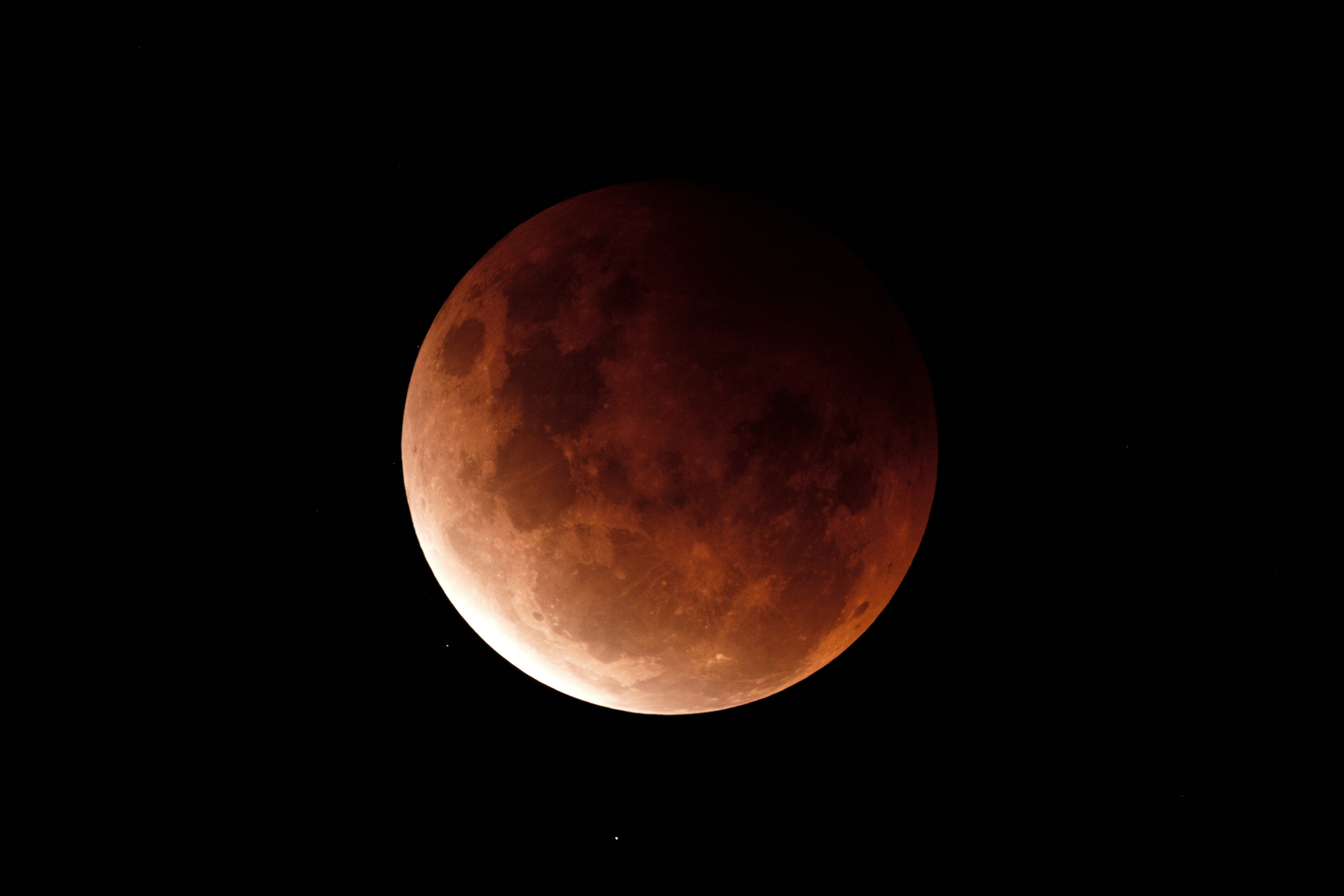Pink Moon 2024: What is it? And why you might not see what you expect
Full Moon coincides with Lyrid meteor shower

Your support helps us to tell the story
This election is still a dead heat, according to most polls. In a fight with such wafer-thin margins, we need reporters on the ground talking to the people Trump and Harris are courting. Your support allows us to keep sending journalists to the story.
The Independent is trusted by 27 million Americans from across the entire political spectrum every month. Unlike many other quality news outlets, we choose not to lock you out of our reporting and analysis with paywalls. But quality journalism must still be paid for.
Help us keep bring these critical stories to light. Your support makes all the difference.
The pink moon will rise in the sky tonight – but it is not what its name suggests.
The moon itself is not pink. While it can sometimes take on an unusual hue – such as pink, red, or orange – the “pink moon” does not refer to such a phenomenon.
Instead, the pink moon is simply the name for April’s full moon. It is the name that comes from The Old Farmer’s Almanac and takes its name from the fact that it would arrive alongside the blooms of the plant known as Phlox subulata.
That wildflower, usually known as moss phlox or creeping phlox, comes out in a bright pink. As such, that colour became associated with the Moon.
In other cultures, it is also given the names “the sprouting grass moon, the egg moon, and the fish moon”, according to the Royal Museums Greenwich.
The other full moons of the year have their own names – the “worm” comes before the pink, for instance, and the “flower” comes after it. Those names are often described as being traditional, and are taking from the Almanac that often cited colonial or Native American sources, but have become particularly popular recently.
The fact that the “pink moon” is really just the Moon means that it is, however, easy to see the Moon. You simply need to step outside and look up.
It is often best to see the Moon when it rises above the horizon, since that allows it to appear more dramatic and often larger in comparison with the buildings and trees that might be in front of it.
This April’s full Moon also coincides with the Lyrid meteor shower. However, the brightness of the Moon means that it can be hard to spot the streaking lights of those meteors.
Join our commenting forum
Join thought-provoking conversations, follow other Independent readers and see their replies
Comments